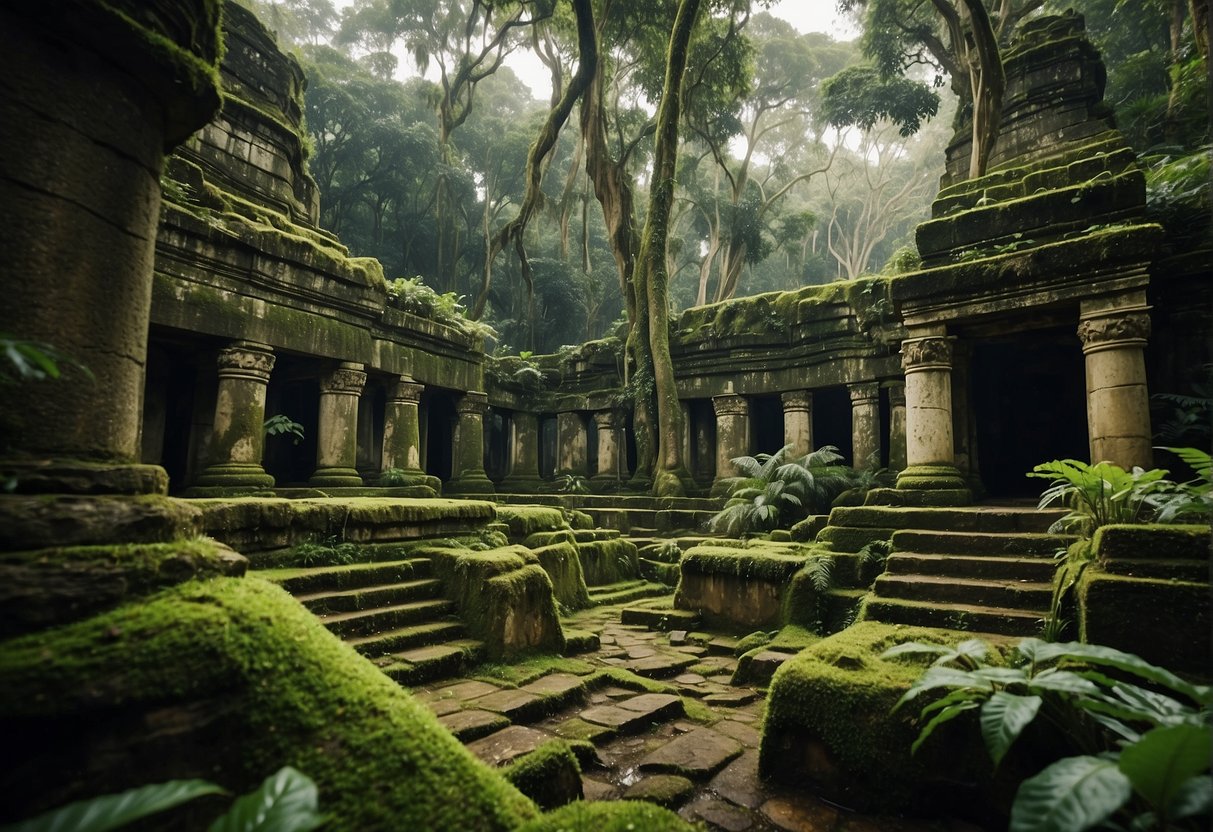
The allure of the world’s lost cities has long captivated travelers, historians, and the explorer within us all. These forgotten wonders are tangible links to past civilizations, offering a unique window into bygone eras and the people who shaped them. Each city holds its own set of mysteries, serving as a silent storyteller of the triumphs, disasters, and everyday lives of its former inhabitants. A traveler’s journey to these sites is not just a trip through physical space but also a voyage back in time, providing a profound sense of wonder and an opportunity to engage with history on a deep and personal level.
As intrepid explorers set out to rediscover these hidden gems, a traveler’s guide becomes an indispensable tool for navigating the geographical challenges and historical context of each destination. Authors of such guides play a crucial role in shaping the experiences of travelers, offering insights that might otherwise remain obscured by the passage of time. From the tempestuous narrative woven by the ruins of Pompeii to the jungle-enshrouded temples of Angkor Wat, these guides illuminate the forgotten chapters of human history and enable travelers to partake in the thrill of discovery.
For many, the journey is equal parts educational and existential, prompting introspection and a renewed appreciation for the civilizations that have come before us. A trip to the world’s lost cities is more than just a mark on a traveler’s itinerary; it is a profound exploration that feeds the human spirit’s insatiable curiosity and reconnects us with the shared narrative of humankind. As travelers undertake this journey, they awaken the dormant explorer within, adding their own narratives to the enduring legacy of our world’s greatest forgotten wonders.